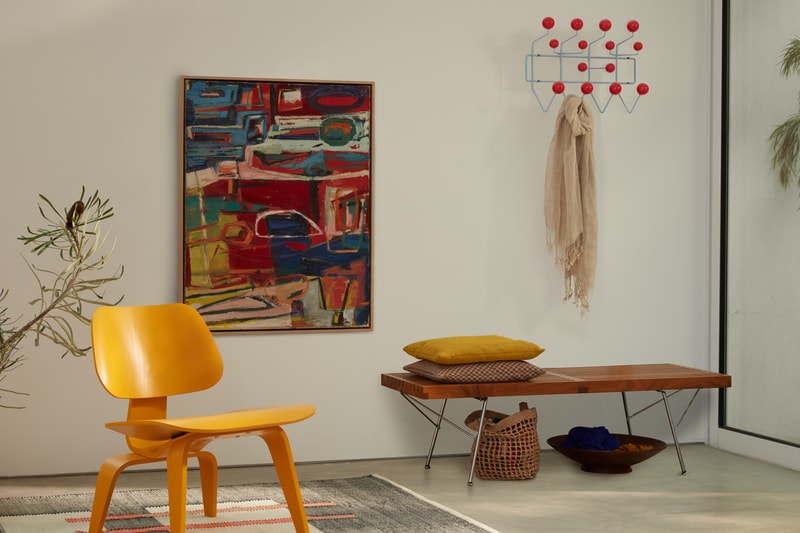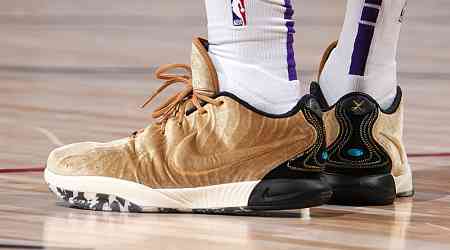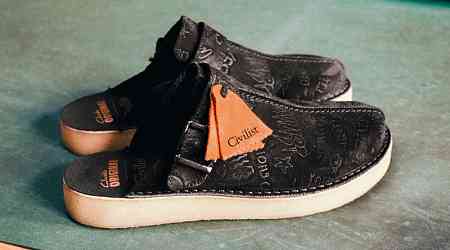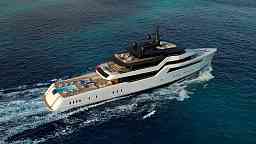The vast Eames oeuvre always contains something new to discover, and Herman Miller has dug deep into Ray and Charles Eames' archives to unearth inspiration for new takes on the Hang-It-All and the LCW Chair. Each is an icon of mid-century modern design — the former, initially designed for children, offered a unique blend of whimsy and functionality that propelled it to legendary status, while the latter was named the greatest design of the 20th century by Time — and now both have been produced in fresh colorways inspired by their earliest days.
Ray Eames' influence on the color direction of products was significant, as she spent the early part of her career as a painter. The new red-and-blue iteration of the Hang-It-All draws from the colors she used on the creation's original sketches. Its steel rod frame is powder-coated stonewash blue, while the maple balls are painted bright red.
Meanwhile, the new take on the Eames' LCW chair (full name: Eames Molded Plywood Chair with Wood Base) draws from a specification provided by Charles Eames. Eames Office was an early champion of the properties of molded plywood, innovating by producing the compound curves used on their furntiure at the same time the plywood sheets themselves were formed, and these innovations were shown to a global audience in an exhibit at the MoMA in 1946, where the LCW chair had its first moment in the sun. For the exhibition, Charles specified production of a handful of vibrant chairs to accompany the natural wood options, one of which was a yellow shade.
“In some cases, a new method of coloring wood has been applied which stains brilliant hues deeply and permanently into the plys without covering or blurring the natural surface and markings," he said at the time. Now, the spec has been produced — and it features ash wood with a soft yellow stain that's almost opaque, plus familiar details like a five-ply seat and back, eight-ply legs and back brace and rubber shock mounts.
MillerKnoll's director of global archives and brand heritage Amy Auscherman and vice president of lifestyle product Jennifer Nield, both of whom were closely involved in the project, broke down some of the key details about its backstory, creation and more.


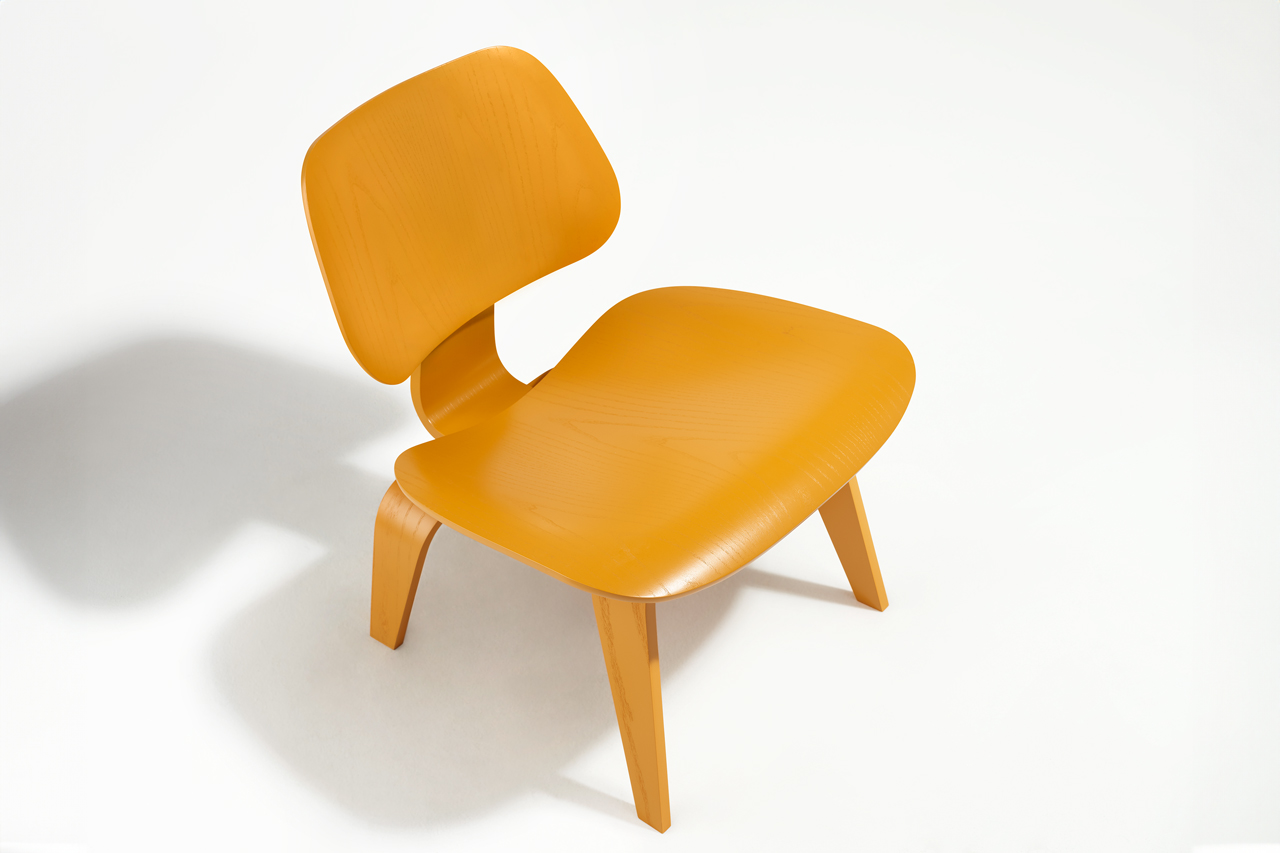
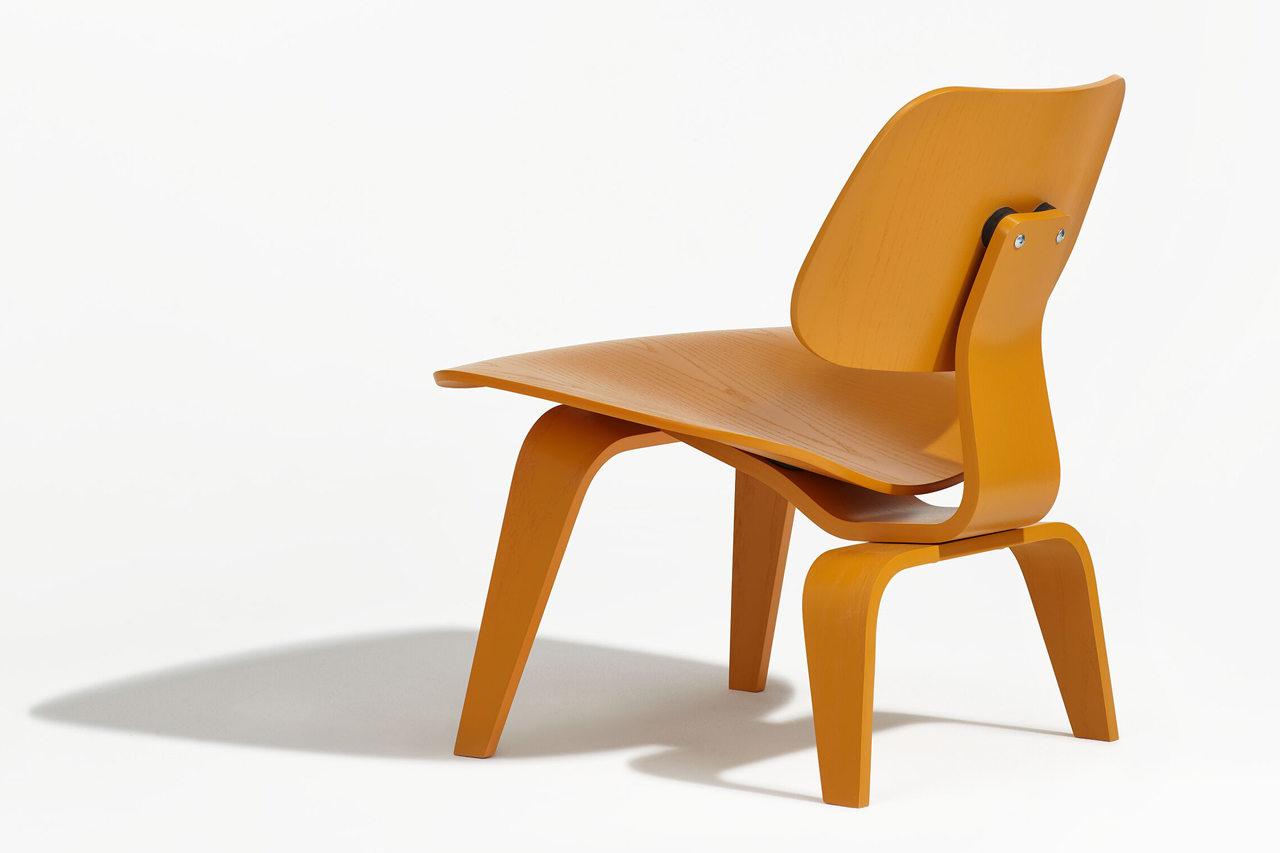
Where did the spark for this project come from?
Jennifer Nield: This project sparked from a conversation with Eames Office and MoMA. MoMA celebrated their long-established history with Charles and Ray Eames — whose groundbreaking designs have been showcased in numerous MoMA exhibitions since the 1940s and are represented in the museum’s collection — this past fall. We wanted to introduce something exclusive from our collective archives that was authentic to that moment and the Eameses’ contributions to design over the century. We landed on a deep yellow LCW colorway that was found on a spec sheet from the original MoMA exhibit, and early sketches from Ray illustrating this red and blue colorway of the Hang-It-All.
Once that spark is established, what’s the path to getting it to a finished product — like, what comes between identifying Ray Eames’ sketch as a reference point and actually putting a red and blue Hang-It-All into production?
JN: We work with our archivist to understand the history of the pieces, and then work diligently with our colors, materials, and finishes team to sample and prototype as many iterations as necessary to ensure the color accuracy, saturation, and durability is to our standard.
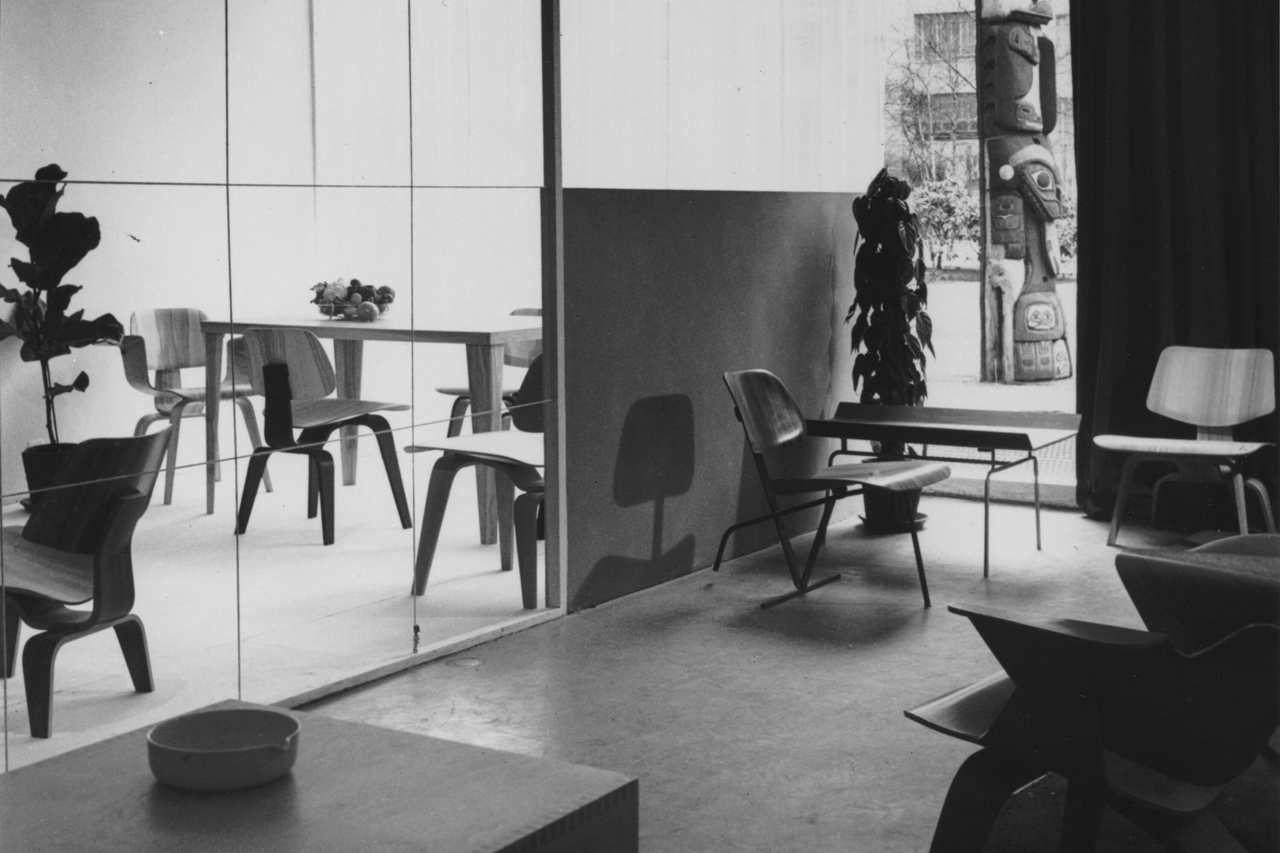
The Eames exhibit at MoMA in 1946 was a pivotal moment in the furniture industry. With all the sources of inspiration that can be pulled from it, what was the impetus to tap this chair for a reissue?
Amy Auscherman: MoMA’s press release for the exhibition described “a new method of coloring wood … which stains brilliant hues deeply and permanently.” This was an important aspect of the work the Eameses showed and it’s a thrill to reintroduce this color to the LCW offer with MoMA all these years later.
Where did Ray draw inspiration for her color palettes from? How were those palettes represented on this release?
AA: Before she arrived at Cranbrook Academy of Art, Ray Kaiser Eames studied painting with Hans Hofmann and was a founding member of the American Abstract Artists group. Her sensibility as an artist and sensitivity to color is evident in all of the design work she executed at the Eames Office. This expansion of color palettes for two of the Eames' most iconic products further represents Ray’s playful and painterly approach to applying color to product.
How important is it to have a level of whimsey in these special releases?
JN: Charles and Ray were masters at approaching their designs with playful curiosity. This enabled them to experiment with color and marry that with functional needs. In the case of this project, the use of color in a quintessential “Eamesian” palette, is what makes these introductions really special.
Is there a push and pull between maintaining these items’ inherently classic nature and presenting them in an alternate fashion? Does the team feel the weight of history when doing so?
JN: It’s important that the piece is both aligned with the original intention of the designer and the selection is relevant to today. What is wonderful in a portfolio size such as the Eameses’ is that much of what they have done stands the test of time and makes this process easy.
So many generations of design fans have been drawn to these items. Can you tell us more about the importance of presenting them in a fresh fashion? Is that meant to serve longtime fans, new consumers, both?
JN: It’s important to continue to tell the story of these iconic designs, and the contribution Herman Miller has made in bringing them into our customer’s homes over the past 100+ years. Fresh re-introductions allow us to do so in a way that excites our design enthusiasts, while also connecting with new generations of design lovers.
What was the best thing about working on this project?
JN:Being able to still celebrate the creativity of Charles and Ray Eames 75+ years after their design partnership with Herman Miller began — and through a design that started it all
like the LCW — is such a unique privilege and joy.
AA: It's always exciting to work with the Eames, Herman Miller, and MoMA archive collections, especially when it involves reintroducing designs and expanding the offer of these iconic products!
These new iterations of the Eames Hang-It-All and LCW Chair will release on the Herman Miller webstore April 23. The Hang-It-All is priced at $295 USD, while the LCW chair arrives at $1,195 USD.


















